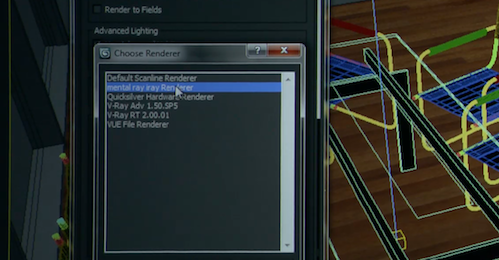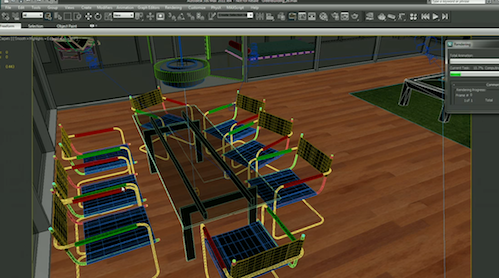
The company hosts 32 Fermi processors in a cloud-based server that are simultaneously working on the same image. Rendering simulations can be done remotely in realtime, whereas in the past they had to be pre-rendered by massive supercomputer clusters. “Simulating reality is a very computationally intense problem, and the only solution to it in the past was to figure out ways to simplify the process to maximize the simulation realism,” said Pimentel. “Here, we are physically simulating every photon as it passes through the scene. We aren’t interpolating.”

Jen-Hsun added that the 3DS Max engineers want to move towards computational rendering techniques. “The breakthrough is that we’re able to simulate light physically by tracing every photon in the scene, and in order to do that you have to model the interaction of light coming through materials like glass, bouncing off of things, semi-gloss materials, and to do this requires a massive amount of floating-point computation.” Said Kaplan. “You have to sample all sorts of multidimensional space to make this work. Doing the simulations in the past was not practical, because there was not enough floating point processing power in CPU-driven supercomputers.” Here is an image of the very first photorealistic realtime render streaming from a cloud-based server running 32 Fermi GPUs.




